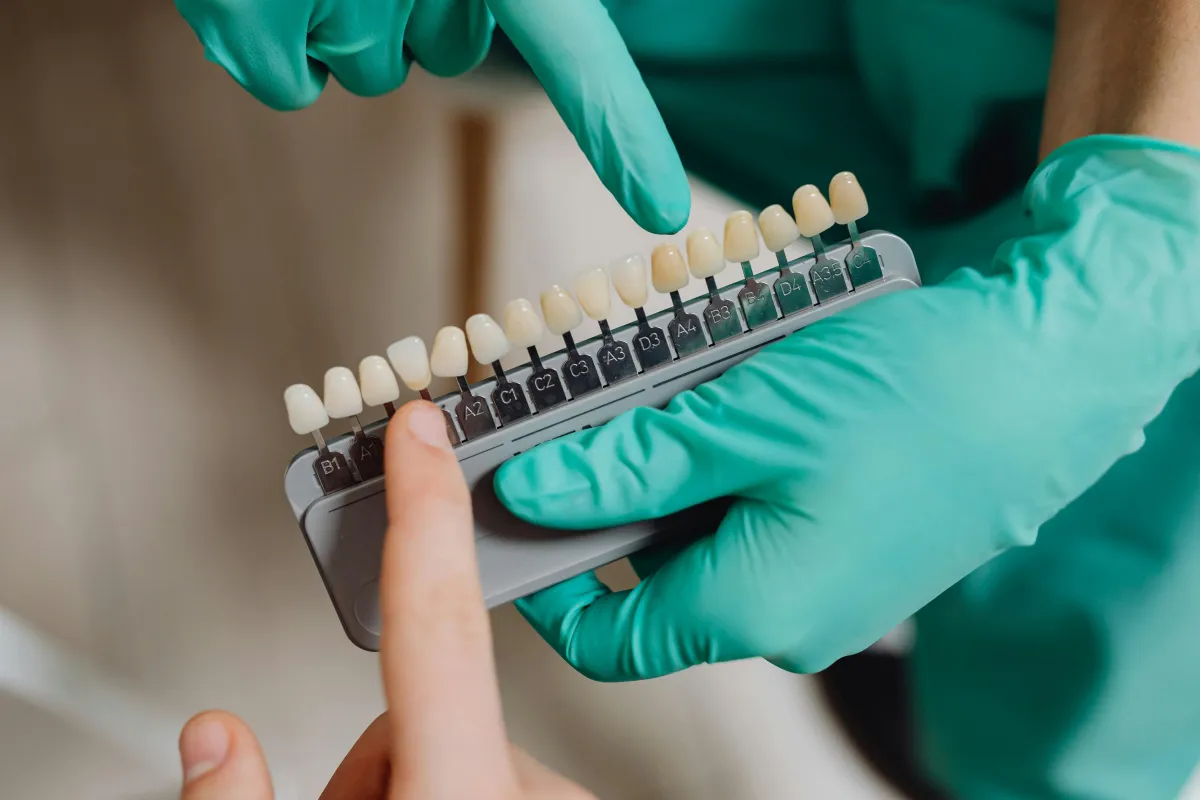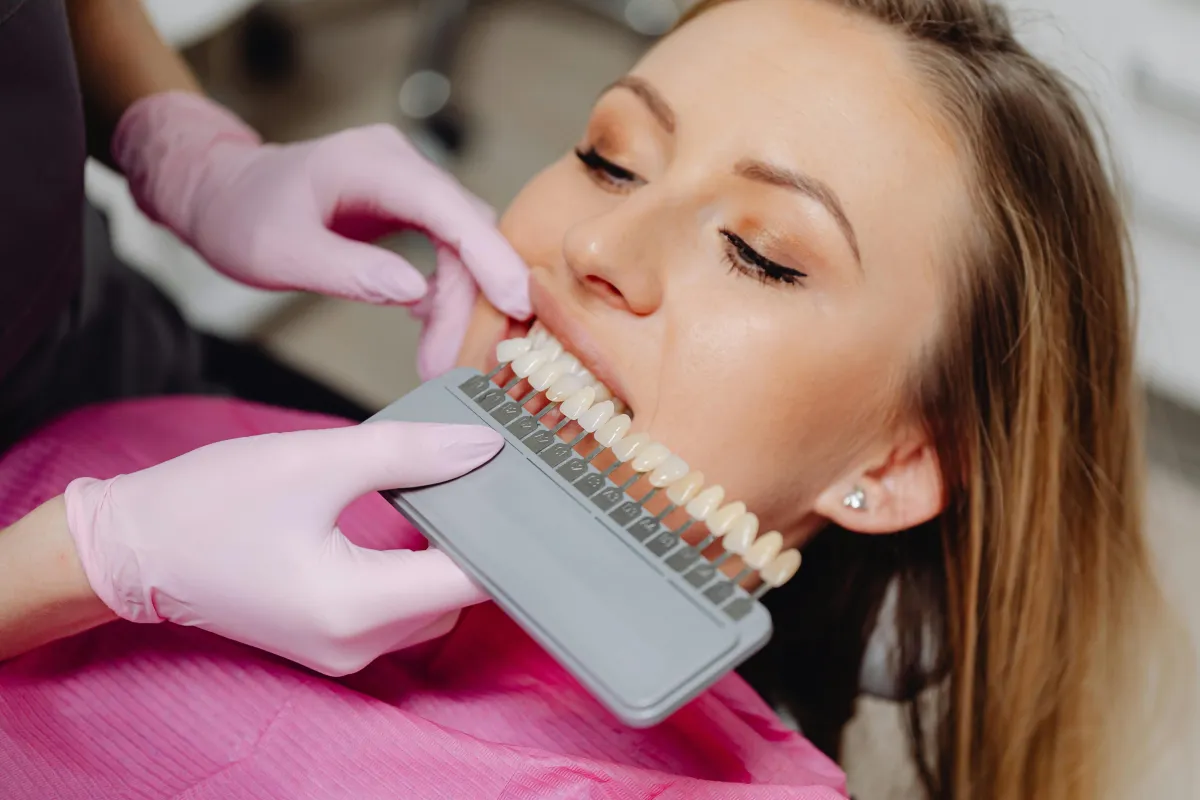Teeth Whitening Services in Santa Ana, CA
Brighten Your Smile Quickly and Safely — Serving Santa Ana, Tustin, Garden Grove, Orange, and Costa Mesa

A brighter, whiter smile can boost your confidence and leave a lasting impression. At Edinger Dental, we offer professional teeth whitening services that deliver fast, safe, and dramatic results. Whether you’re preparing for a special occasion or simply want to refresh your smile, our trusted Santa Ana dental team is here to help. We proudly serve patients from Santa Ana, Tustin, Garden Grove, Orange, and Costa Mesa.
Why Choose Professional Teeth Whitening?
Over-the-counter whitening products often deliver minimal results and can lead to sensitivity or uneven whitening. Our professional-grade treatments are customized to your unique smile, offering noticeable whitening in as little as one visit.
Benefits of professional teeth whitening include:
Safe, controlled application
Long-lasting results
Fast treatment time
Minimal sensitivity
Even, natural-looking whitening
Whitening Options We Offer
At Edinger Dental, we offer both in-office and take-home whitening systems, so you can choose the option that fits your lifestyle:
In-Office Whitening: Get noticeably whiter teeth in just one session with our advanced light-activated system.
Custom Take-Home Kits: Brighten your smile gradually with custom trays and dentist-approved whitening gel.
Whichever you choose, you’ll be guided by experienced dental professionals to ensure the best possible results.
Who’s a Good Candidate?
Teeth whitening is ideal for patients with healthy teeth who want to reduce discoloration caused by coffee, tea, smoking, aging, or medication. During your consultation, we’ll evaluate your smile and help you choose the safest, most effective whitening solution.

Why Choose Edinger Dental?
As a leading Santa Ana dentist, Dr. Carmy and his team focus on both the health and aesthetics of your smile. Patients from Santa Ana, Tustin, Garden Grove, Orange, and Costa Mesa trust us for expert cosmetic care in a welcoming, judgment-free environment.
Our teeth whitening services are fast, comfortable, and backed by years of experience in cosmetic dentistry.
Book Your Whitening Appointment Today
Ready to reveal a brighter, more confident smile? Contact Edinger Dental today to schedule your teeth whitening consultation. We proudly serve patients throughout Santa Ana, Tustin, Garden Grove, Orange, and Costa Mesa.

Sunday - Closed
Monday - 9:30 AM–5 PM
Tuesday -9:30 AM–5 PM
Wednesday - 9 AM–5 PM
Thursday - 9:30 AM–5 PM
Friday - 9 AM–3 PM
Saturday - Closed